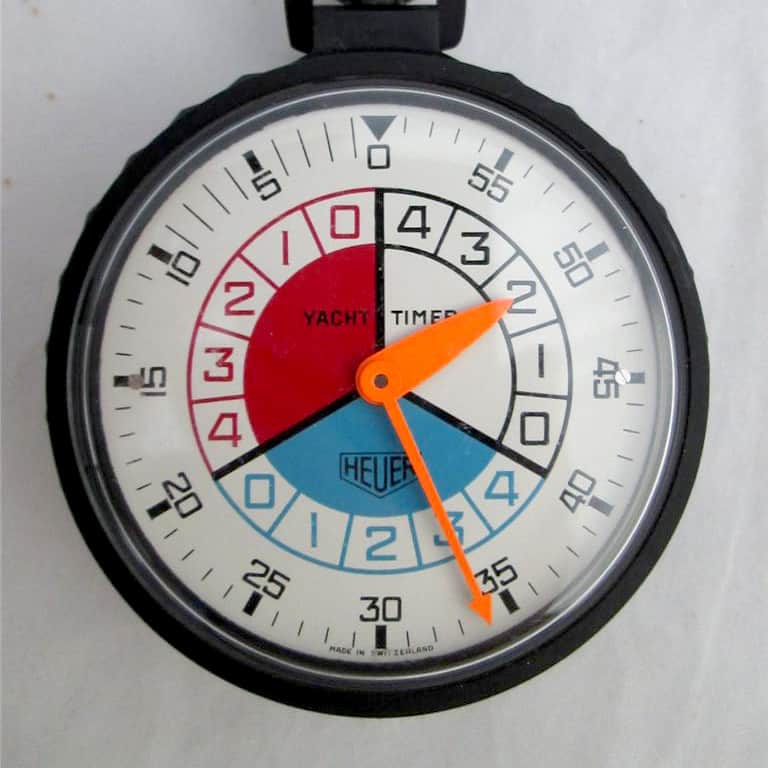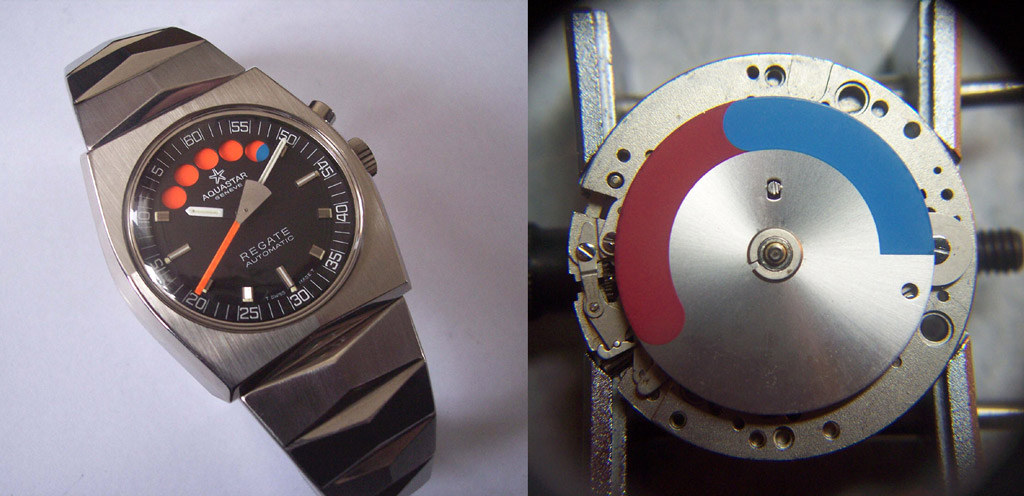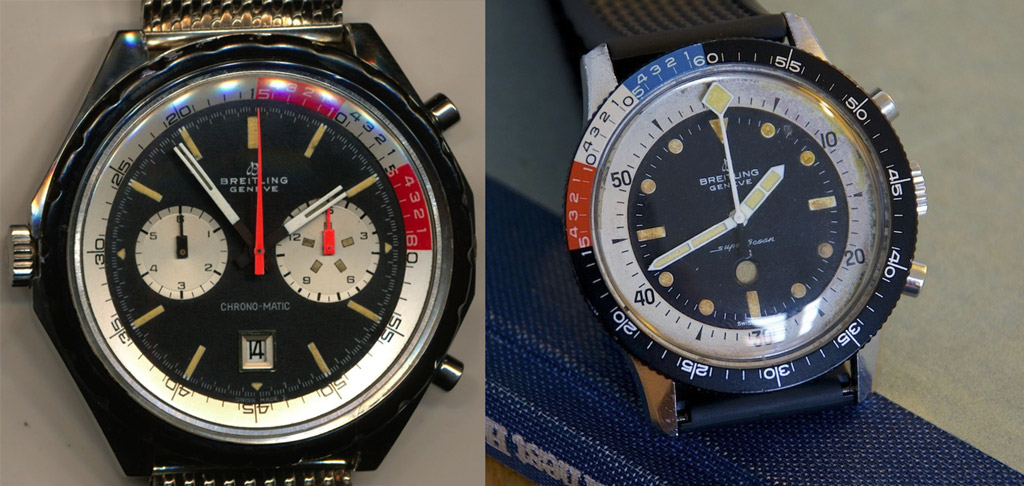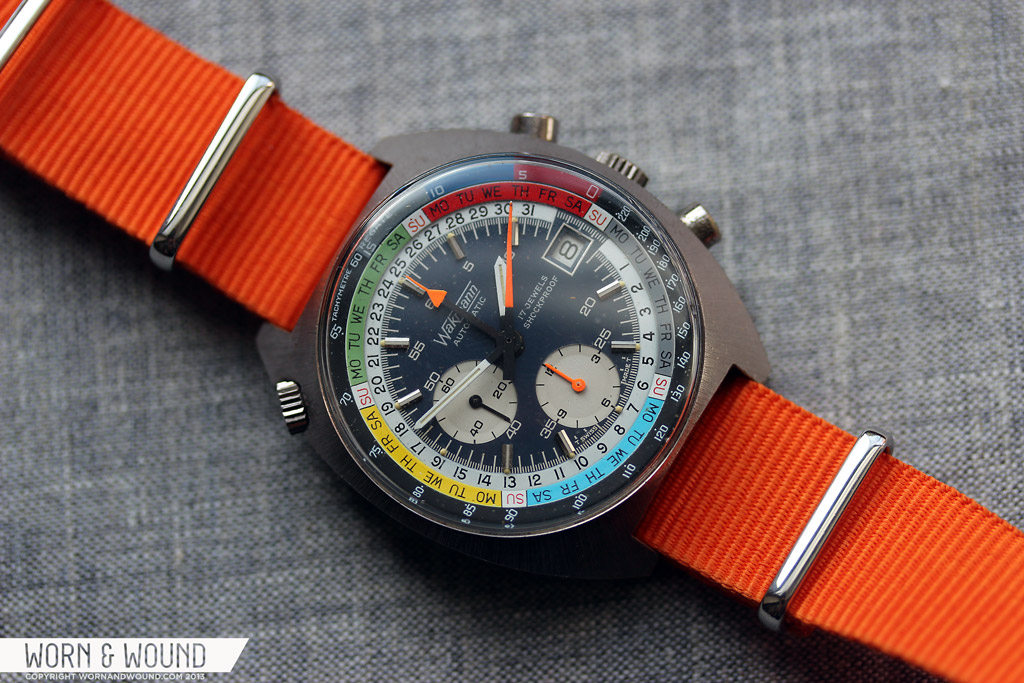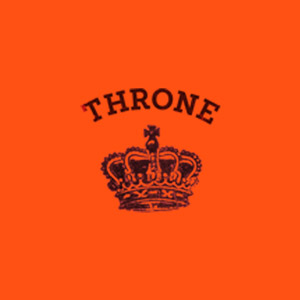At worn&wound we’ve long been fascinated by watches that were designed specifically for individual sporting events. This is part of a series on these unique timepieces.
Yacht timers – also referred to as regatta timers, yachting chronographs, or sailing watches – are watches specially designed and made for the countdown to the start of a sailing race. As you can imagine, starting a race on water, with entrants powered by the wind, is not as easy as lining up on a grid, Formula 1 style, or lined up like sprinters at a track meet, waiting for the starting gun. As we just saw in the recent America’s Cup races in San Francisco, the yachts (we use the term loosely in the case of the America’s Cup boats) are already at speed as they approach the starting line. The trick for the skipper is to NOT cross the starting line before the starting gun goes off. If they do, they’re penalized quite heavily (how and how much depends on the rules in effect for the specific race).

So some sort of a count-down timer is useful to the pilot and tactician. Horns signal the start of the countdown period and a skipper can start his yacht timer by the audible signal. He then has an on board measurement of progress to the start of the race, and can sail his yacht accordingly – hopefully to reach the starting line, at speed, just as the starting gun sounds.
Over the decades there have been numerous yacht timers and specialized chronographs produced by the world’s watch companies. Perhaps the most well-known yachting timer today is the Rolex YachtMaster, but there are others, past and present. Current and recent pieces include those from Tutima, Alpina, Atlantic, Omega, Panerai, and IWC, as well as electronic offerings from TAG Heuer, Suunto, Tissot and others.
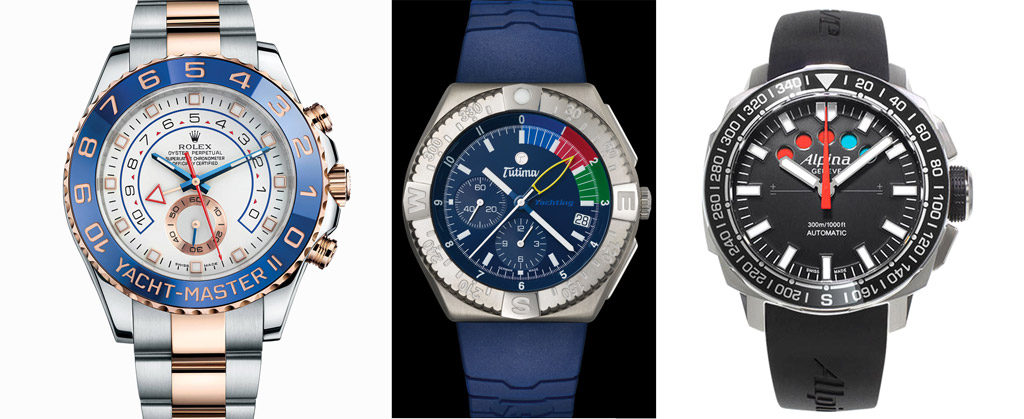
But the vintage timepieces – the regatta timers of old – are what really get our juices flowing. Sailing chronographs like the Heuer Autavia Skipper, the Regate (sold under three different brand names – Aquastar, Heuer, and Tissot), Heuer’s Yacht Timer (both wrist-mounted and stopwatch form factor), the Breitling Chronomat and SuperOcean (both in regatta timing trim), the Memosail (two are on eBay as we write this), Lemania’s self-branded Regatta Yacht Timer in handheld stopwatch format, and the wonderfully busy Wakmann.
Regatta timers have various ways of indicating the countdown time. There’s typically a multi-colored or numbered disc rotating beneath the dial with the colors or numerals showing through windows similar to a date disc. Five vari-colored dots – usually blue followed by red (Alpina, Regate), numerals against colored backgrounds (Memosail), or a separate chrono hand coupled with colored zones on the watch’s bezel (Tutima, Bretling, Heuer) or indicating time remaining to the start via a separate scale within the dial (Rolex).
Heuer’s Autavia Skipper was part of the legendary Autavia line in the 1970s. It featured the Autavia’s classic tonneau shaped case, a red, white, and blue countdown sub-dial at 3 o’clock, a small seconds at 10 o’clock, and date at 6. Chrono pushers were in the classic locations at 2 and 4, but the crown was positioned at 9 o’clock. The watch featured a 60 minute rotating bezel, and examples are often see with a blue dial & bezel combination.
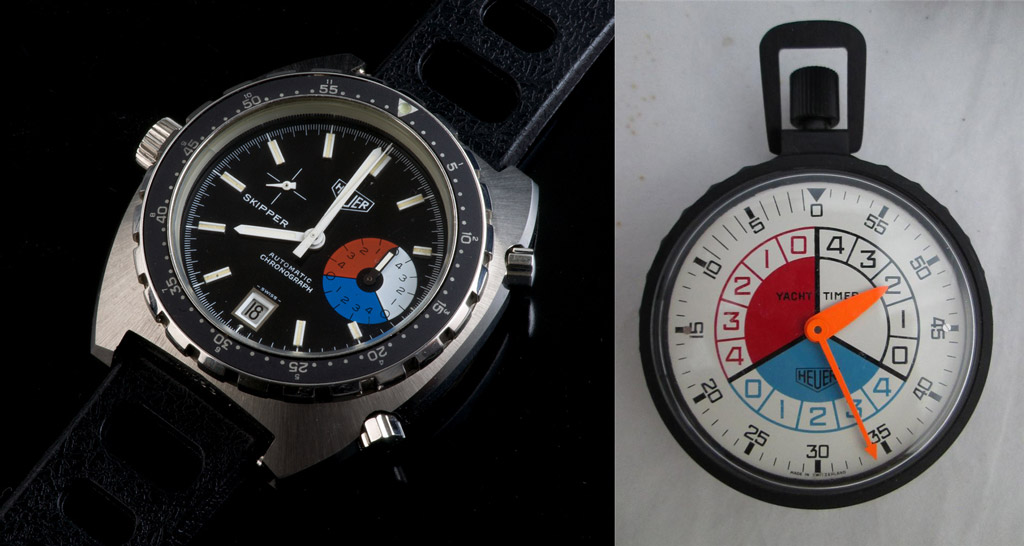
Heuer’s Yacht Timer from the 1960s came in both a wrist-mounted version and a handheld stopwatch form factor. Color-wise, regatta timer dials are never shy, and the Heuer is no exception. This watch was basically a fifteen or thirty minute stopwatch (there were at least two versions) with a multi-colored dial formatted and printed for the countdown function.
Aquastar’s Regate, also branded and sold as Heuer, Tissot and other brands such as “Racing” in the early 1980s, used a Lemania movement with a classic five-dot/ window format, with a tri-colored rotating disc beneath the dial. five windows for five minutes, and once the timing started the colored wheel would progressively show thru the windows, changing them one at a time from blue to red to white (or silver).

In the 1960s and early 1970s, Breitling produced watches in regatta timing trim in both the Chronomat and SuperOcean lines. The Chronomat featured a center mounted minute with a multi-colored inner chapter ring. The SuperOcean used the center-mounted totalizing hand with a multi-colored bezel. These black-cased watches featured Venus 178 or 188 movements, modified to handle the unique needs of a yachting chronograph.
 Another 1970s piece, the Memosail has an almost art deco look with its round lugless design, and wide rounded bezel (another version was cushion-shaped). The dial is easy to read with blue and white concentric rings. The countdown function is a curving window from 12 to four o’clock showing the letters S-T-A-R-T on a rotating ring. When the timer is activated, the minutes 10-9-8-7-6 appear against a yellow background, ticking half a notch every 30 seconds. The final countdown minutes 5-4-3-2-1 then appear against a red background. The internals were a Valjoux 7737, a modification of the 7733.
Another 1970s piece, the Memosail has an almost art deco look with its round lugless design, and wide rounded bezel (another version was cushion-shaped). The dial is easy to read with blue and white concentric rings. The countdown function is a curving window from 12 to four o’clock showing the letters S-T-A-R-T on a rotating ring. When the timer is activated, the minutes 10-9-8-7-6 appear against a yellow background, ticking half a notch every 30 seconds. The final countdown minutes 5-4-3-2-1 then appear against a red background. The internals were a Valjoux 7737, a modification of the 7733.
Lemania’s self-branded Regatta Yacht Timer is another handheld stopwatch format timer. The timing function is the familiar series of five windows with a colored disc beneath, but with the letters S-T-A-R-T replacing the third color (similar to the Memosail).
The Wakmann, yet another 1970s piece, looks almost too nice to have been a working watch. To us, it looks more like a dress watch for the Yacht Club awards banquet (but then, so does the current Rolex Yachtmaster II). The timer’s motor is a Lemania Caliber 1341 automatic with hour sub-dial at 6 o’clock and running seconds at 9 o’clock. Countdown chrono minutes and seconds are indicated by center mounted hands with orange tips. The display has a lot going on, with a date window at 3 o’clock, a white stationary chapter ring with days of the month, a multi-colored chapter ring with days of the week (moveable via a secondary crown at 10 o’clock – line it up with the correct day of the week for the current month), and a third multi-colored chapter ring outside the first two, this one with 15 countdown minutes in the first quadrant and a tachymeter over the following three quadrants. We’d be concerned about reading this in the heat of racing battle. That said, we love this watch for its center minutes totalizer, its unique display of day of the week and month, and it’s cool 1970s cushion styling.
With ultra-modern quartz-based timers available (TAG Heuer produced what was effectively a dedicated smartwatch, specifically to be worn by members of the America’s Cup Team Oracle, which relayed real-time data stream of boat performance to each crew member), and the inevitably harsh conditions of sailboat racing, these wonderful vintage racers have probably seen their heyday (one can’t imagine a skipper actually wearing a Rolex Yachtmaster II in a modern race). But their unique styling, and sheer mechanical timing abilities are works of wonder in any age. We’d wear one, even if it’s only to sail our desk into next week.
by Ed Estlow
special thanks to our friends at analogshift.com for lending us the Wakmann
and Francesco B for use of his Racing Regatta images









 Featured Videos
Featured Videos




